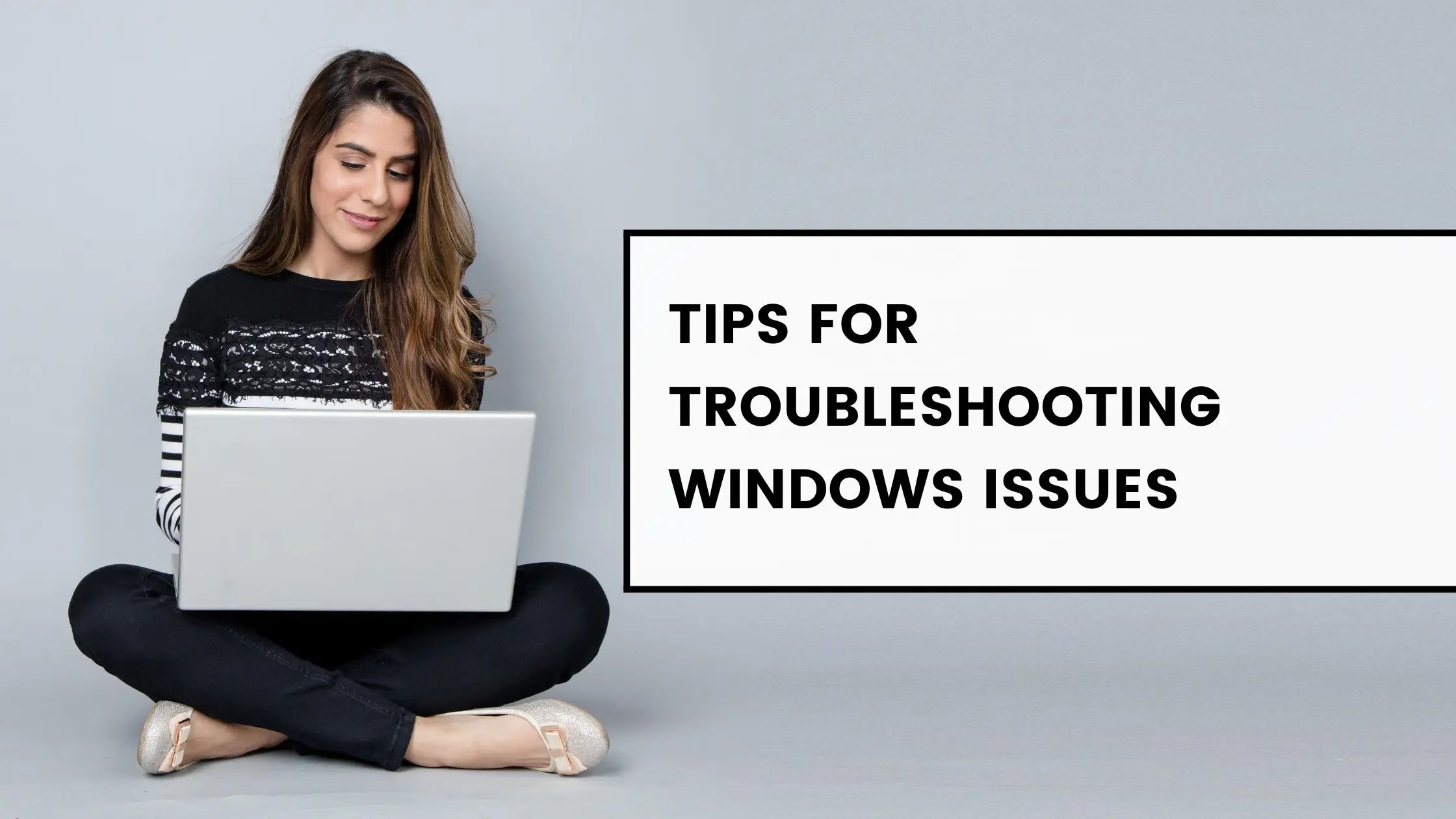Windows is one of the most popular operating systems used globally, and it is known for its user-friendly interface, versatility, and compatibility. However, with time, Windows users often face different types of issues that could be frustrating and time-consuming. In this article, we will be providing tips for troubleshooting the most common Windows issues that users face. With these tips, you will be able to fix the issues on your own and save time and money.
Another important aspect of using Windows is to protect your privacy online. Windows offers several built-in tools that can help you safeguard your sensitive information, such as the Firewall and Windows Defender. Additionally, there are many third-party apps available that can further enhance your online security and privacy. One such app is NordVPN, a virtual private network (VPN) that encrypts your internet connection and hides your IP address to protect your online activity from prying eyes. By using NordVPN, you can access the internet with peace of mind, knowing that your privacy is protected.
 |
| Tips for Troubleshooting Windows Issues |
Table of Contents
Common Windows Issues
Here are some of the most common Windows issues that users face:
- Slow performance
- System crashes
- Error messages
- Blue screen of death (BSOD)
- Compatibility issues
- Driver problems
- Windows updates
- Malware and virus issues
- Hard drive failure
- Power issues
Tips for Troubleshooting Windows Issues
Slow Performance
If your Windows system is running slow, there are several ways to troubleshoot the issue:
- Disable unnecessary startup programs
- Uninstall unused programs
- Run disk cleanup
- Disable visual effects
- Update drivers
- Run a virus scan
- Add more RAM
System Crashes
If your Windows system is crashing frequently, here are some tips to fix the issue:
- Check for software updates
- Run a virus scan
- Update drivers
- Disable unnecessary startup programs
- Run disk cleanup
- Uninstall any recently installed programs
Error Messages
Error messages are a common issue in Windows systems. Here are some tips to troubleshoot error messages:
- Check for software updates
- Run a virus scan
- Update drivers
- Disable unnecessary startup programs
- Run disk cleanup
- Uninstall any recently installed programs
Blue Screen of Death (BSOD)
BSOD is a critical error that could result in a system crash. Here are some tips to fix BSOD:
- Update drivers
- Run a virus scan
- Check for software updates
- Disable unnecessary startup programs
- Run disk cleanup
- Uninstall any recently installed programs
Compatibility Issues
If you are facing compatibility issues with your Windows system, here are some tips to fix the issue:
- Check the system requirements of the program
- Install the latest version of the program
- Update drivers
- Run a compatibility check
- Install updates for Windows
Driver Problems
Driver problems are common in Windows systems. Here are some tips to troubleshoot driver problems:
- Update drivers
- Roll back to a previous driver version
- Uninstall and reinstall the driver
- Check for software updates
- Run a virus scan
Windows Updates
If you are facing issues with Windows updates, here are some tips to troubleshoot the issue:
- Check for available updates
- Run a virus scan
- Disable unnecessary startup programs
- Run disk cleanup
- Uninstall any recently installed programs
Malware and Virus Issues
Malware and virus issues can cause significant problems in Windows systems. Here are some tips to troubleshoot malware and virus issues:
- Run a virus scan
- Keep your anti-virus software up-to-date
- Use a firewall
- Don't download unknown or suspicious files
- Keep your software updated
Hard Drive Failure
Hard drive failure is a critical issue that could result in data loss. Here are some tips to troubleshoot hard drive failure:
- Backup important data regularly
- Check for disk errors
- Update drivers
- Run a virus scan
- Uninstall any recently installed programs
Power Issues
Power issues could result in data loss and hardware damage. Here are some tips to troubleshoot power issues:
- Check the power supply
- Unplug any unnecessary devices
- Update drivers
- Run a virus scan
- Uninstall any recently installed programs
Conclusion
In conclusion, troubleshooting Windows issues could be time-consuming and frustrating, but with these tips, you will be able to fix the issues on your own and save time and money. Remember to regularly back up important data, keep your software updated, and run a virus scan to prevent any future issues. With these tips, you will be able to keep your Windows system running smoothly.

Post a Comment